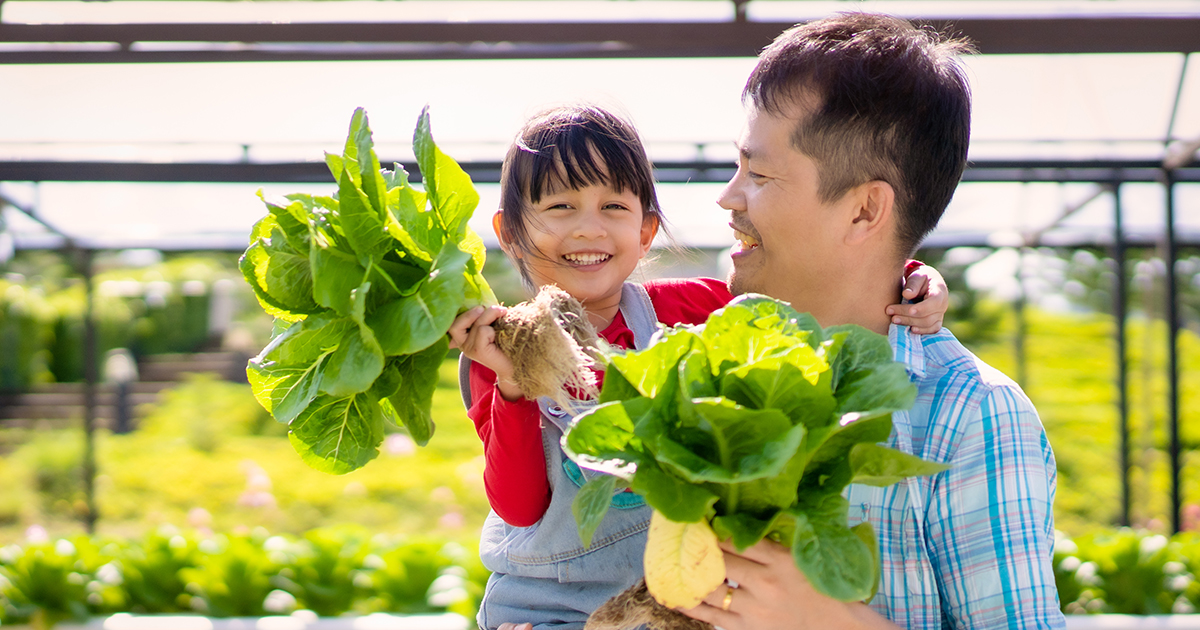Growing Confidence: Newbie Gardening Hacks for Plant Lovers
Wiki Article
From Novice to Environment-friendly Thumb: A Step-by-Step Journey Through the Art of Gardening

Comprehending Your Gardening Space
To start your horticulture journey, it is important to recognize the special features and constraints of your gardening area. Are there any type of details challenges you may encounter, such as bad dirt quality or restricted water schedule? Understanding these aspects will certainly assist you make informed decisions regarding the kinds of plants that will certainly flourish in your area.Take into consideration the size of your gardening area. If you have a tiny room, you may need to concentrate on container gardening or upright horticulture to optimize your expanding location. On the other hand, if you have a big area, you have the high-end of growing a selection of plants and creating different zones within your garden.
Next, assess the amount of sunlight your area obtains. This will certainly identify which plants will prosper and which ones might struggle. You can opt for shade-loving plants like ferns or hostas if your room is shaded. If your room obtains complete sunlight, you can expand a wide variety of plants, consisting of natural herbs, veggies, and flowers.
Last but not least, take into consideration any type of obstacles or constraints particular to your space. You may need to modify it with compost or choose plants that are forgiving of less-than-ideal conditions if your dirt high quality is poor. If water is limited, you can select drought-tolerant plants or apply water-saving methods like mulching.
Choosing the Right Plant Kingdoms for Your Garden
Select plants that are fit to your yard's special conditions and your individual choices. When choosing plants for your garden, it is vital to consider variables such as sunlight, dirt kind, and environment. Have a look at the quantity of sunshine your garden receives throughout the day. Some plants grow in full sun, while others like partial and even complete shade. Take into consideration the soil type in your garden. Some plants like well-drained dirt, while others flourish in clay-like or damp soil. Additionally, take into account the climate in your location. Some plants are better suited for completely dry and hot climates, while others can endure colder temperatures.Another essential element to take into consideration is your personal preference. Do you favor a garden loaded with vibrant official website flowers, or are you much more thinking about growing vegetables and herbs? Think of the objective you want your garden to serve and the aesthetic you desire to accomplish. It's also worth thinking about the upkeep degree of the plants you choose. Some plants need even more treatment and focus, while others are a lot more low-maintenance.
Preparing the Soil for Planting
The majority of plants prefer a slightly acidic to neutral pH, around 6.0 to 7.0. Inadequately drained dirt can lead to water logged roots and various other plant wellness issues. By analyzing and making required changes to your dirt, you can produce an optimal environment for your plants to grow.Nurturing and Preserving Your Garden
Make certain to sprinkle your plants deeply, enabling the water to permeate the soil and reach the roots. Regular weeding is also vital to keep your yard totally free from undesirable plants that contend for nutrients and room. On a regular basis examine your plants for any kind of signs of invasion or illness and take instant activity to avoid more damage.Troubleshooting Common Gardening Issues
If you discover eaten leaves or plants that are shriveling for no evident reason, you might have an insect problem. If your plants have yellow or blemished leaves, they might not be getting adequate nutrients. Eliminate influenced plants and treat the continuing to be ones with organic fungicides or chemicals.Conclusion
Congratulations! You have actually successfully completed the trip from novice to eco-friendly thumb in the art of he has a good point horticulture. By understanding your gardening room, picking the right plants, preparing the soil, and nurturing your yard, you have actually conquered typical horticulture concerns like a pro. Now, armed with expertise and experience, you are ready to delight in the appeal and wealth of your thriving garden. Maintain the magnum opus and continue to cultivate your eco-friendly thumb!
When picking plants for your garden, it is important to take into click reference consideration aspects such as sunshine, soil kind, and climate. Some plants favor well-drained soil, while others thrive in wet or clay-like dirt (newbie gardening). By comprehending your horticulture area, choosing the right plants, preparing the dirt, and nurturing your yard, you have actually gotten rid of common horticulture issues like a pro
Report this wiki page